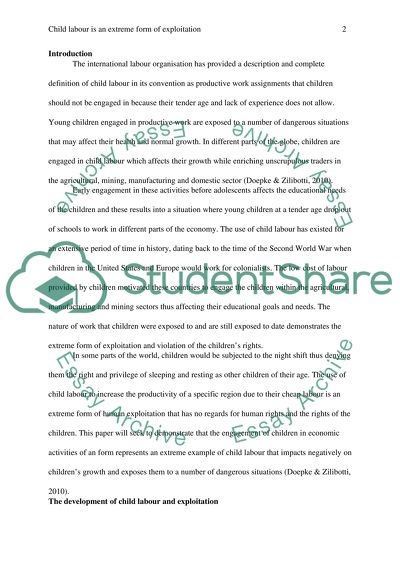Cite this document
(“Child Labour is an extreme form of exploitation. Discus Essay”, n.d.)
Child Labour is an extreme form of exploitation. Discus Essay. Retrieved from https://studentshare.org/sociology/1638501-child-labour-is-an-extreme-form-of-exploitation-discus
Child Labour is an extreme form of exploitation. Discus Essay. Retrieved from https://studentshare.org/sociology/1638501-child-labour-is-an-extreme-form-of-exploitation-discus
(Child Labour Is an Extreme Form of Exploitation. Discus Essay)
Child Labour Is an Extreme Form of Exploitation. Discus Essay. https://studentshare.org/sociology/1638501-child-labour-is-an-extreme-form-of-exploitation-discus.
Child Labour Is an Extreme Form of Exploitation. Discus Essay. https://studentshare.org/sociology/1638501-child-labour-is-an-extreme-form-of-exploitation-discus.
“Child Labour Is an Extreme Form of Exploitation. Discus Essay”, n.d. https://studentshare.org/sociology/1638501-child-labour-is-an-extreme-form-of-exploitation-discus.


